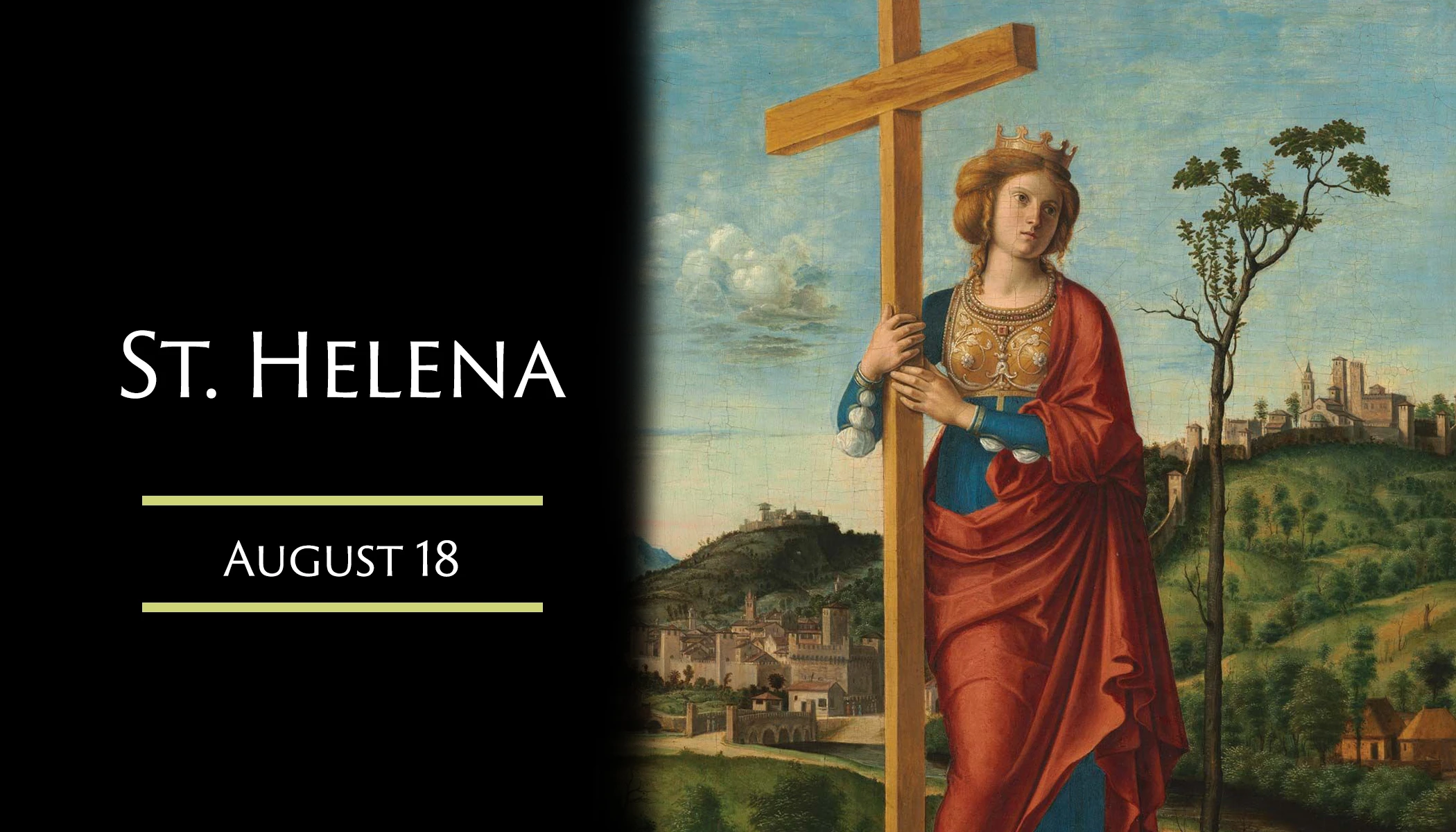Not much is known about Saint Helena but it is probable that she was born in the middle of the third century in Asia Minor. She worked as a stable maid as a young woman, according to Saint Anselm.
Helena later married a young Roman official, Constantius Chlorus, who took her as wife despite their difference in social status. In around the year 270 she gave birth to their first son, Constantine.
Constantius quickly rose in the ranks of the Roman military and due to political reasons he was forced to repudiate Helena and marry another. Helena remained at a distance as she watched her son rise in the court of Diocletian.
In 305, Constatius, now Augustus, and Constantine went to Britain to fight against the Picts. Constantine became emperor when his father died unexpectedly at York. As the new emperor, his first action was to recall his mother Helena.
Shortly after her son’s accession, Helena converted to Christianity. Her faith moved her to care for the poor by providing for their needs through generous almsgiving. She also worked to liberate prisoners and those sent to the mines or into exile.
Constantine’s reign took a downward turn when he ordered the death of his son and that of his second wife. The family tragedy pushed Helena to go on a pilgrimage to the Holy Land in 326. There she ordered the construction of the Basilicas of the Nativity in Bethlehem and of the Ascension on the Mount of Olives. The work was overseen by Helena whose faith was rewarded when the True Cross was discovered. The identity of the Cross was confirmed when a dead man was laid on the wood and was miraculously restored to life. The three nails from the Crucifixion were given by Helena to Constantine.
Helena died in an unknown location in 329. Constantine had her body brought back to Rome.












